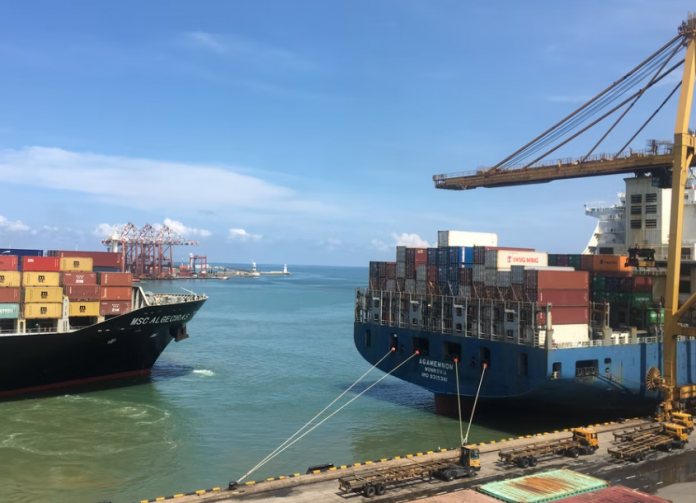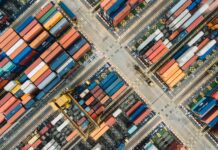
Vespucci Maritime CEO Jars Jensen predicts that a wave of blank sailings could be announced in October, as China’s exports are set to fall due to the one-week National Day holiday starting 1 October.
Until now, poor capacity discipline has prevented rates from surging amid the usual peak season in the third quarter.
Writing for the Baltic Exchange’s monthly report about the container shipping market, Jensen said, “With the Asian export trades showing weakness now, the concern would be for the developments in October after Chinese Golden Week where demand tapers off. Presently the carriers have essentially not announced much in the way of cancelled sailings in early October. This will not be the actual situation. Shippers should monitor their carriers closely and start preparing for large-scale blank sailings to be announced in the coming few weeks for the month of October.”
During July and the first half of August, as liner operators implemented general rate increases, Transpacific head haul trade saw continued sustained increases in spot rates, a trend that also impacted the key Asia-Europe trades from the beginning of August. Looking at underlying data, Jensen observed that this appeared to be driven by increased activity amongst the carriers in blanking sailings to better match capacity to demand.
However, by the end of August, the trend began to reverse and spot rate levels were again regressing on these key trades.
Jensen added, “This is a concerning indication as we are now at the time of the year when the peak season should be at its strongest on these two trades. It’s therefore showing that the underlying peak demand remains weak and carriers apparently do not (yet) have the willingness to pull even more capacity out of the market to support the rate levels.”
Jensen elaborated that while rates have fallen to the low levels seen in pre-Covid-19 days, liner operators’ losses are now wider than those days, as they are now grappling with higher costs.
He said, “Inflation has risen significantly in recent years and furthermore the carriers have had to implement the IMO2020 rules, which means shifting to the much more expensive low-sulphur fuel.”
A contraction in cargo demand is compounding the situation, and in June, Container Trade Statistics showed that volumes have been below 2019 levels for five straight months.
Martina Li
Asia Correspondent





